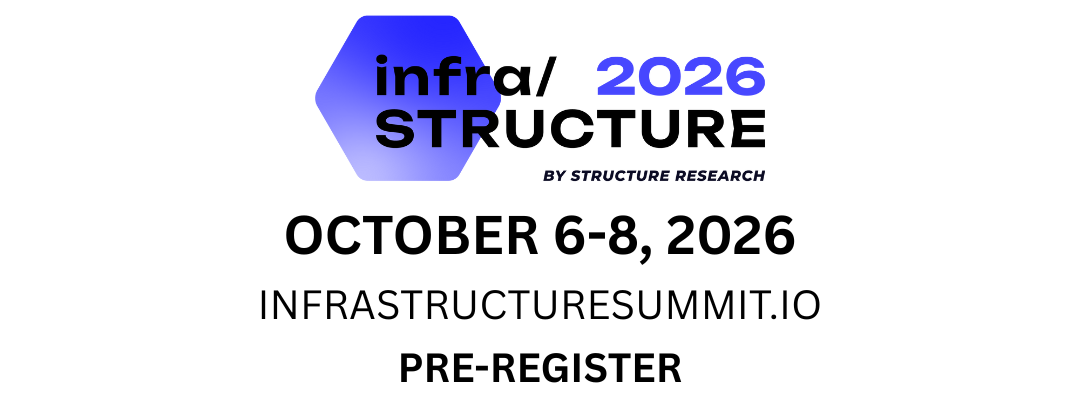WSS: Ecosystem companies provide more data points demonstrating sector health; Applied Digital gets anchor
The sector had another busy week as earnings season provided yet more data points supporting an optimistic outlook for the sector. Meanwhile, there was more GPU cloud expansion activity priming the data centre colocation pipeline as another large, long-term lease was signed.
The sector’s earnings season lasts longer than before, with ecosystem companies adding to the coverage scope. In the past week, we looked at the results coming from energy companies like Dominion Energy and Duke Energy, while delving further into the chips producers like NVIDIA and AMD. These companies provided several interesting insights and data points that validate those with a more bullish perspective. The take-private wave of the last several years reduced the overall number of publicly listed pureplay data centre colocation providers, but there are new entrants, with plenty of listed companies reporting detailed data centres results. In recent weeks, we took a closer look at the results coming from Iron Mountain and American Tower, and there are now a number of cryptocurrency companies moving fast into data centre colocation and HPC-oriented cloud infrastructure services. We have recently reviewed the results of Applied Digital and Galaxy Holdings, and in the past week looked at Core Scientific.
Applied Digital has made a lot of headlines, pushing into the data centre colocation business with a large project in Ellendale, North Dakota that was targeted at a hyperscale client and reportedly got very close to a lease. Applied Digital has continued to develop the site and expressed confidence it would find a tenant. And it did just that, signing multi-year leases with CoreWeave for 250MW of capacity, with options for more. Core Scientific is making a similar transition to Applied Digital and it also has agreements with CoreWeave for similarly large capacity deployments. Core Scientific’s results do not reflect this business just yet, but once things come online, the earnings reports from these two companies will provide details about how GPU clouds are consuming and ramping up data centre infrastructure.
CoreWeave is also working with the Blue Owl Capital, Chirisa Technology Parks, PowerHouse Data Centres JV that is developing a multi-MW site outside Richmond, Virginia. The planned capacity is also in the hundreds of megawatts and brings together capital, pre-development, real estate, technology, development and operations into a single partnership. AI builds require all of these capabilities at scale and the sector is trending in the direction of these multi-faceted, large-scale JVs. The Crusoe Project in Abilene, Texas is a case in point. And we are starting to see this model expand to other parts of the world. In France, Mistral AI is working with various capital and technology partners to build out AI infrastructure. It is not clear what companies are backing the data centre component, but it seems a good bet that focused data centre operators with track records are going to be brought into the partnership.
Southeast Asia continues to be a region we track closely given the pace of growth and the long-term upside of the markets that reside in the region. SEA has the benefit of being a home to both US and Chinese hyperscale cloud platforms, widening the addressable market that can potentially be served. In the past week, Microsoft brought online its first cloud infrastructure regions in both Malaysia and Indonesia. The Kuala Lumpur and Jakarta regions both come online with three availability zones and are supported extensively by data centre colocation infrastructure. Microsoft also chose to complement its use of colocation with self-built data centre capacity. Hyperscale cloud continues to expand and is still in its very early stages of development. With the Chinese clouds recovering, it looks like there are more than a few tailwinds gathering steam.
Finally, the past week saw us publish our Quarterly Bulletin, which is for subscribers only. We analyze a number of different developments and topics that are top of mind, including self-builds, cloud repatriation, data centre build pauses and public cloud growth drivers. We also comment on the state of the sector as it moves through 1H25 into the second half of the year. It has been an eventful several months to say the last. Overall, the sector has performed well amid uncertainty and instability, and the bearish sentiment that arose in the early parts of the year continue to be proven wrong given all the various numbers, data points and insights that are made available in what is still a very opaque sector.
or



